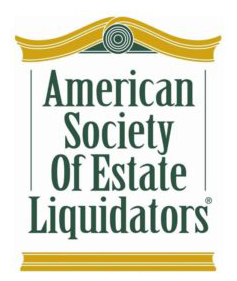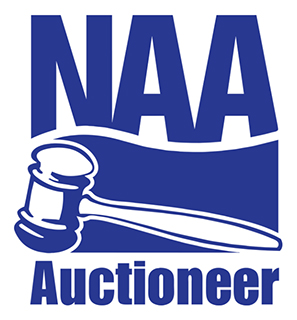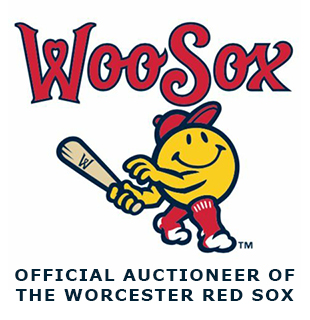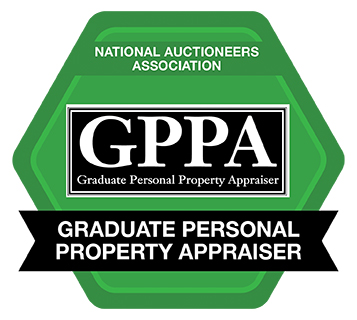As a decision-maker at a small museum, historical society, library, art gallery, or other organization that keeps the flame of history alive, you probably have mixed feelings about deaccessioning any piece in your collection.
On the one hand, someone else will the steward of that small piece of history.
On the other hand, your museum or organization will be in a better position to preserve and procure other pieces, and to stay true to your mission long-term.
Working with the right auctioneer is the best way to connect with the right buyer (or buyers). The right buyer may be another museum or an avid collector, and will pay fair market value (or more) for your piece or collection. Because the buyers had to pay for the piece they wanted, they are more likely to be a steady hand to pass the torch to. You’ll fulfill not only your fiduciary obligations, but also your obligations to history.
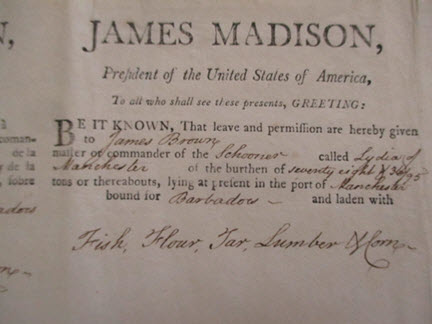
1809 ship movement document from term of James Madison

19th-Century painting of U.S. sailing ships
Central Mass Auctions has worked with museums and historical societies and other organizations to deaccession pieces – including many pieces of historical memorabilia – for maximum return. Whether that is through a specialty or collection auction or through another kind of auction, we have the experience and network to find and sell to the right buyer. We work throughout Central Mass, Greater Boston, New England, and beyond.
To get the maximum return for your item or collection at auction, please call Central Mass Auctions at 508-612-6111, or email us.
The decision to deaccession
Many museums, libraries, art galleries, and historical societies have written policies on what can and cannot be deaccessioned. Often, the process must be guided by local and state laws, as well as by the organizations the institution might belong to. The International Council of Museums, for one, offers ethical guidelines for deaccessioning. Good reasons to deaccession include:
- The item is being sold in an effort to renew and improve its collections.
- The institution may no longer care for the object correctly.
- The item is in poor condition.
- The item poses a health and safety threat.
- The item is a duplicate.
- The item is of poor quality.
- The item is determined to be a counterfeit, false, or fraudulent.
- The item is no longer consistent with the institution’s mission.
Ethical guidelines from several associations now allow using funds from deaccessioning to defray the costs of caring for art, rather than merely for the purchases of buying more art.
Many institutions are struggling to survive and to raise the necessary funds, so this shift comes as a welcome change for many. Nevertheless, it remains a controversial practice.
AAMD ethical guidelines still prohibit institutions from using funds from sold works on capital expenses or operating costs. Nevertheless, many institutions have been forced to do just that.
Challenges associated with deaccessioning
Deaccessioning comes with many challenges, including:
- The possibility for public outrage over a popular piece changing hands.
- The possibility of alienating donors or their heirs.
- The possibility of public anger over decreasing public access to a piece.
In some instances public outrage has escalated to the point of making national news.
One way to reduce public outcry over deaccessioning is to send the piece to auction with an experienced, knowledgeable, conscientious auctioneer. With such an auctioneer you are less likely to make the auction a spectacle with poorly planned publicity, to sell a piece to the wrong buyer, or to get a pittance for what you manage to sell. You are more likely to do what you’ve set out to do: to trade individual pieces for a brighter future for your museum.

